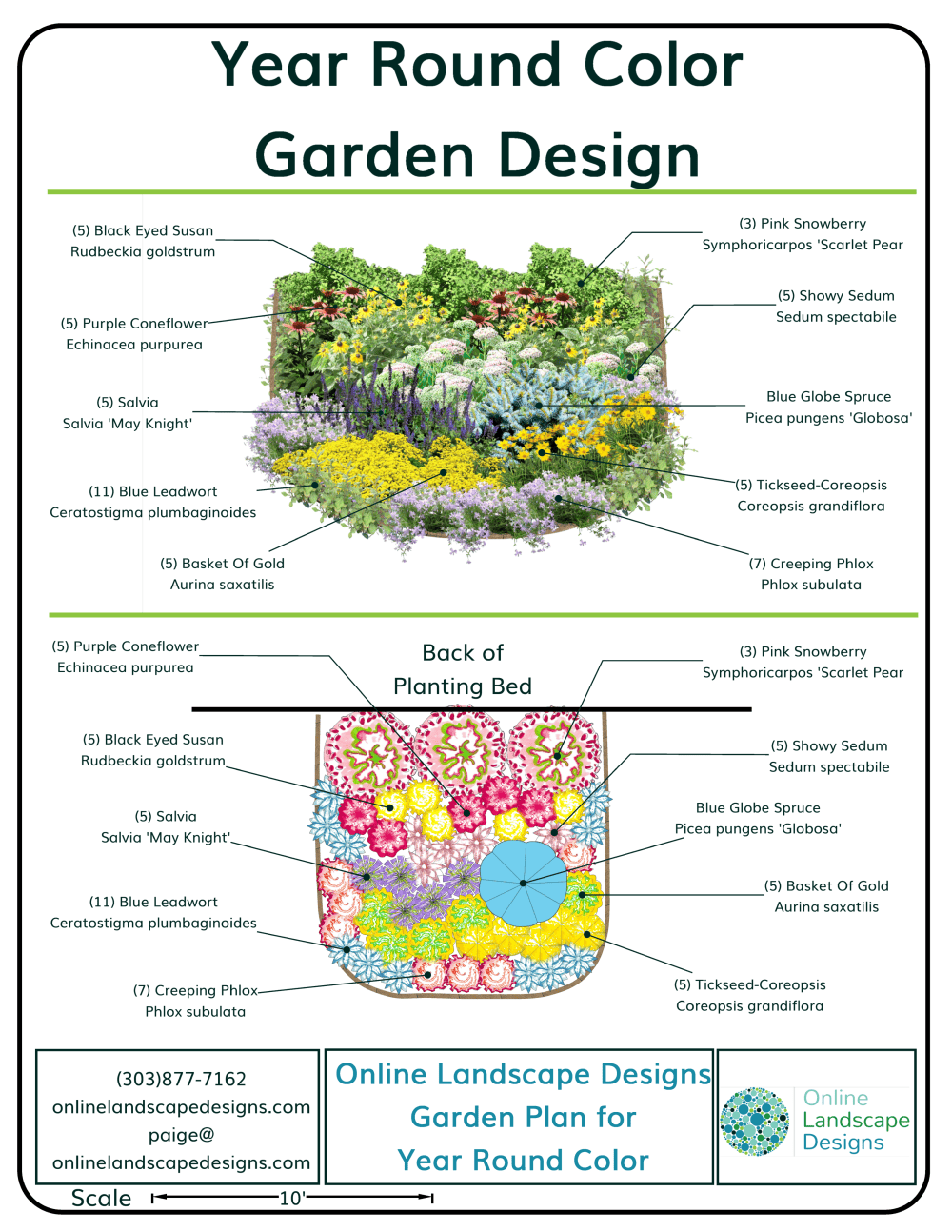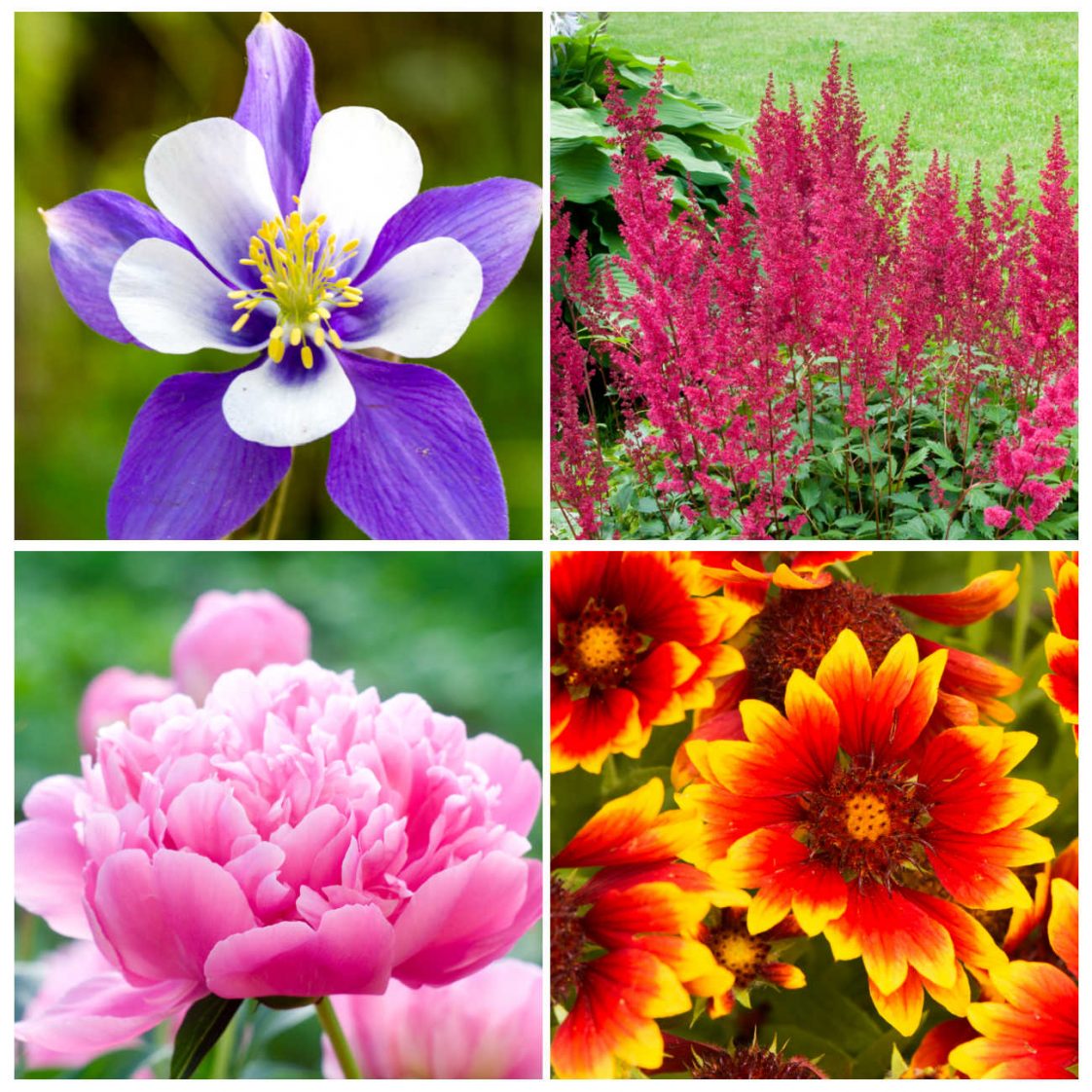How to Create a Garden That Blooms All Year Round

Imagine stepping into a vibrant, colorful garden every day of the year. A garden that never sleeps, always alive with blooms, no matter the season. Sounds like a dream, doesn't it? Well, it's not just a dream. With the right planning and a bit of know-how, you can create a garden that blooms all year round. Let's dive in and explore how to turn your garden into a year-round oasis.
Understanding Bloom Cycles
Before we get our hands dirty, it's essential to understand bloom cycles. Different plants bloom at different times of the year. Some are early bloomers, like crocuses and daffodils, which add color to your garden in late winter to early spring. Others, like asters and mums, are late bloomers, saving their show for fall. Understanding these cycles is the first step in creating a year-round blooming garden.
Planning Your Garden Design
Creating a garden that blooms all year round starts with a solid garden design. Sketch out your garden space and consider factors like sunlight, shade, and soil type. Then, make a list of your favorite flowers, noting their bloom times. Don't forget to include a mix of annual flowers and perennial flowers to keep your garden blooming year after year.
Researching Plants
When choosing plants, consider their bloom times, but also their size, color, and care requirements. Websites like the Royal Horticultural Society offer extensive plant databases to help you make informed decisions. Remember, the key to seasonal gardening is variety. The more diverse your plant selection, the longer your garden will bloom.
Layering Your Garden
Think of your garden like a layered cake. The bottom layer consists of bulbs like tulips and daffodils, which bloom in early spring. The middle layer could be perennial flowers like daylilies and coneflowers, which bloom in summer. Top it off with annual flowers like marigolds and petunias, which can bloom from spring until the first frost.
/139808482-56a5863f3df78cf77288b18b.jpg)
Planting for Year-Round Bloom
Now comes the fun part - planting! Here's a simple planting guide to help you get started:
Spring Bloomers
Start with early bloomers like:
- Crocuses: These hardy little flowers often bloom when there's still snow on the ground.
- Daffodils: A sure sign of spring, daffodils add a cheerful yellow to your garden.
- Tulips: With a wide range of colors and varieties, tulips are a springtime staple.
Summer Bloomers
Next, add plants that will bloom in the summer:
- Daylilies: These tough plants thrive in the summer heat and come in a variety of colors.
- Coneflowers: Also known as Echinacea, these flowers attract bees and butterflies.
- Black-Eyed Susans: These bright, daisy-like flowers bloom from mid-summer to fall.
Fall Bloomers
Don't forget about fall bloomers like:
- Asters: These daisy-like flowers add a burst of color to your fall garden.
- Mums: Also known as chrysanthemums, mums come in a wide range of colors and sizes.
- Montauk Daisies: These late-season bloomers add a fresh, white brightness to your garden.
Winter Bloomers
Yes, there are even plants that bloom in winter:
- Hellebores: Also known as the Christmas rose, these flowers bloom in late winter.
- Snowdrops: These delicate white flowers often bloom when there's still snow on the ground.
- Winter Jasmine: This vine produces bright yellow flowers in the winter.

Maintaining Your Year-Round Garden
Creating a garden that blooms all year round isn't just about planting the right flowers. It also requires regular maintenance. This includes deadheading spent blooms, pruning plants, and adding a layer of mulch to protect plants during the colder months.
Deadheading
Deadheading is the process of removing spent blooms. This not only keeps your garden looking tidy, but it also encourages plants to produce more flowers.
Pruning
Pruning helps control the size and shape of your plants. It also encourages bushier growth and more blooms. Make sure to research the specific pruning needs of your plants, as these can vary greatly.
Mulching
Mulching helps protect your plants during the colder months. It also helps retain soil moisture and suppresses weeds. Apply a layer of mulch in late fall, after the first hard frost.
Conclusion
Creating a garden that blooms all year round is a rewarding journey. It's about understanding bloom cycles, planning your garden design, choosing the right plants, and maintaining your garden. With a bit of planning and care, you can enjoy a vibrant, colorful garden every day of the year.
So, what are you waiting for? Grab your gardening gloves and let's get started! Remember, every garden is a journey, and every journey starts with a single step - or in this case, a single bloom.
Happy gardening!
FAQs
What are some early spring blooming flowers? Early spring blooming flowers include crocuses, daffodils, tulips, and hyacinths. These flowers are often the first to bloom after the cold winter months.
Can I have a blooming garden in winter? Yes, you can! While winter is a quieter time in the garden, there are plants that bloom in winter, like hellebores, snowdrops, and winter jasmine.
What is deadheading and why is it important? Deadheading is the process of removing spent blooms. It's important because it encourages plants to produce more flowers, keeps your garden looking tidy, and prevents plants from self-seeding.
How do I choose plants for a year-round blooming garden? When choosing plants, consider their bloom times, size, color, and care requirements. Make sure to include a mix of annual and perennial flowers to keep your garden blooming year after year.
What is the best way to maintain my year-round garden? The best way to maintain your year-round garden is through regular deadheading, pruning, and mulching. This will keep your garden looking tidy and encourage your plants to produce more blooms.
0 Response to "How to Create a Garden That Blooms All Year Round"
Post a Comment